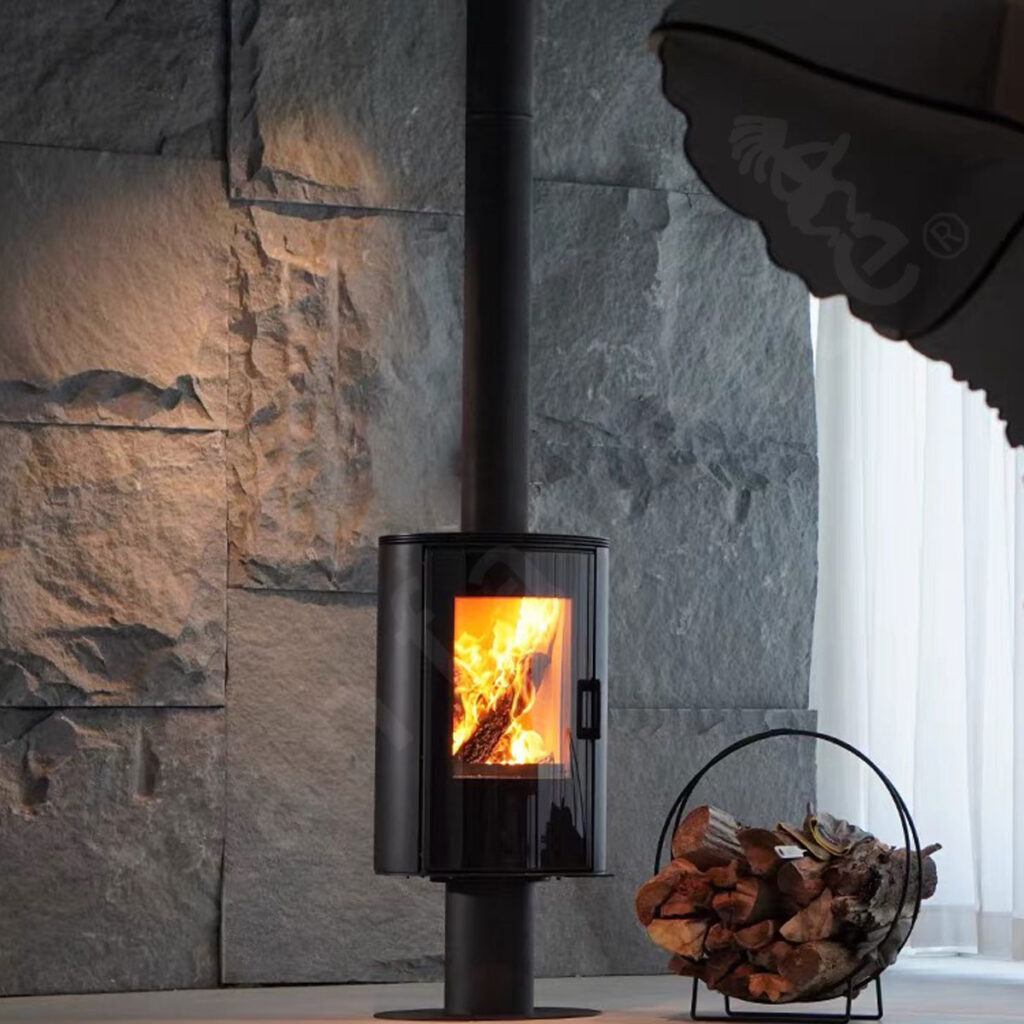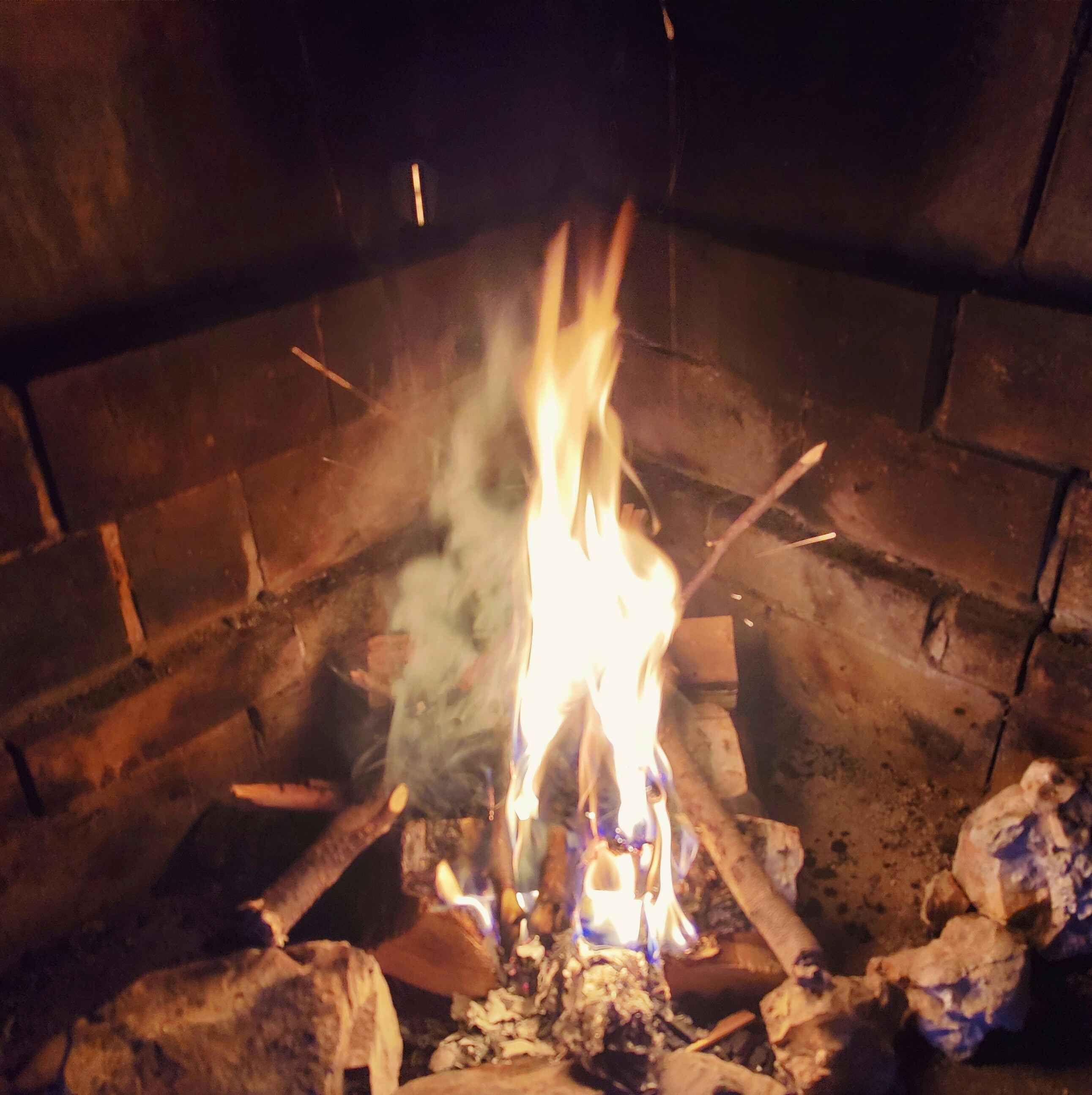Over the past few years, more and more homeowners have been rediscovering the appeal of the indoor fireplace. Once valued mainly for its practical role in heating, it has now become a symbol of comfort, design, and even a lifestyle choice. The debate often centers on two main options: electric fireplaces, which emphasize convenience and modern aesthetics, and wood burning fireplaces, which carry the weight of tradition, atmosphere, and a deeper cultural significance.
Electric fireplaces continue to attract attention because of their flexibility. They are simple to install, usually requiring no more than a wall outlet. This makes them ideal for apartments or homes without chimneys, where a traditional fireplace would be difficult or impossible. With adjustable flame effects, color settings, and compact dimensions, they easily fit into urban spaces. Their maintenance is minimal—no ash, no soot, no chimney sweeping. For many busy households, this ease is an enormous advantage. They are also often marketed as eco‑friendly indoor fireplaces, since they produce no direct emissions, and when powered by renewable energy, they can align well with sustainable living goals.
Yet, convenience has its limits. The warmth from an electric unit is generated by heating elements and a fan, not by combustion. While this produces heat, it lacks the depth and natural quality of real fire. During a power outage, an electric fireplace is useless. More importantly, many people sense that something is missing: the subtle crackle, the shifting embers, and the presence of flame that feels alive. These are details that electricity cannot imitate.
By contrast, a wood burning indoor fireplace engages all the senses. The smell of seasoned wood, the flicker of orange and gold, and the sound of logs breaking down into glowing coals create an atmosphere that is immersive and deeply human. Scientifically, radiant heat from real fire warms the body in a way that is more natural and penetrating than forced air. In many Eastern traditions, fire is seen as more than a tool; it is a source of energy, vitality, and balance. Sitting beside a wood fire has long been believed to restore strength and foster harmony. Even today, many families describe gathering around the fireplace as a ritual that replenishes not only warmth but also spirit.
This cultural and emotional richness does not come without effort. A wood burning fireplace requires thoughtful planning: proper ventilation, routine chimney cleaning, and storage for fuel. Wood must be sourced, stacked, and kept dry. But modern innovation has improved these traditional systems. Clean‑burn technology now allows wood stoves to burn more completely, reducing smoke and emissions while increasing efficiency. Programs such as the EPA’s Burn Wise Program provide valuable resources for homeowners who want to embrace wood heating responsibly. These advances ensure that the authenticity of a wood fire can coexist with environmental awareness.
When it comes to space and lifestyle, the differences become clearer. Electric fireplaces shine in smaller apartments or condominiums, where structural limitations make wood burning impractical. They are compact, safe, and easy to install in rooms where ventilation is limited. For homeowners who travel often or prefer a plug‑and‑play solution, electricity makes sense. But in larger houses, mountain cabins, or rural homes, the wood burning fireplace offers more than practicality. It becomes the heart of the household, a place to gather and reflect, a connection to both tradition and nature. For many, this authenticity is worth the added responsibility of maintenance and fuel.
Design preferences also play a part. Electric models often lean toward sleek, minimalist styles that complement modern interiors. Wood burning fireplaces, by contrast, work beautifully in both rustic and contemporary designs. A stone surround, a reclaimed wood mantel, or a steel insert can transform a wood fireplace into a centerpiece that commands attention. You can explore some examples in our modern wood burning stove collection, where traditional craftsmanship is combined with clean lines for modern living spaces.

Environmental considerations are more important than ever. Electric fireplaces produce no direct emissions, but their true eco‑friendly value depends on the energy source powering the grid. In regions where electricity still relies heavily on fossil fuels, the sustainability claim becomes more complex. Wood, on the other hand, is a renewable resource. When harvested responsibly and burned in efficient stoves, it offers a cycle of heat that can be both natural and sustainable. This dual perspective—science and culture—explains why wood burning fireplaces remain attractive despite their challenges. They embody not only warmth, but also the enduring energy of fire that humans have cherished for thousands of years.
Ultimately, the decision between electric and wood burning fireplaces comes down to values and priorities. Do you prize convenience, low maintenance, and modern aesthetics? An electric unit may be the right choice. Or do you seek authenticity, tradition, and the powerful presence of real flames? Then a wood burning fireplace might be the answer. For those who want more than just heat—for those who want the energy, the ritual, and the profound comfort of fire itself—the wood burning indoor fireplace remains an irreplaceable centerpiece of the home.



